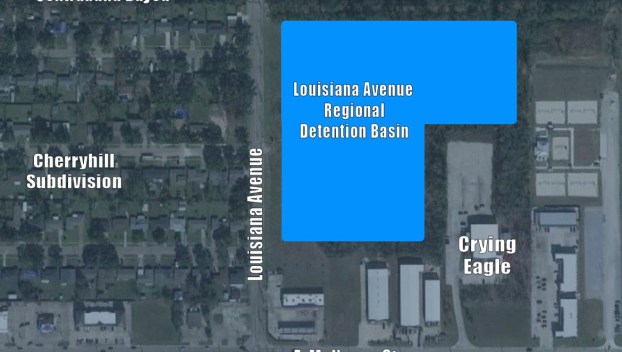
Z - News main
Louisiana Avenue Detention Basin Project to begin in September
The Calcasieu Parish Police Jury greenlighted construction of the Louisiana Avenue Regional Detention Basin Project on Thursday by ... Read more

The Calcasieu Parish Police Jury greenlighted construction of the Louisiana Avenue Regional Detention Basin Project on Thursday by ... Read more

Removing debris that Hurricanes Laura and Delta left throughout the 800-plus drainage laterals in Calcasieu Parish last year ... Read more

John Guidroz The Lake Charles City Council will hold a special meeting at 5:30 p.m. Tuesday and consider ... Read more
By John Guidroz jguidroz@americanpress.com A Calcasieu Parish Police Jury drainage committee on Tuesday recommended approval of a plan ... Read more
The amount of money set aside to improve drainage in Lake Charles has nearly doubled in the last ... Read more
The amount of money set aside to improve drainage in Lake Charles has nearly doubled in the last ... Read more

Calcasieu Parish police jurors heard Thursday about a strategic plan that is designed to improve the parish’s performance ... Read more
Calcasieu Parish police jurors heard Thursday about a strategic plan that is designed to improve the parish’s performance ... Read more
Sulphur group making push for action Heather Regan White / The American Press <p>Cass Street in Sulphur is ... Read more
<p class="p1">WELSH — High water and flooding triggered by heavy rainfall and clogged drainage ditches have become all ... Read more